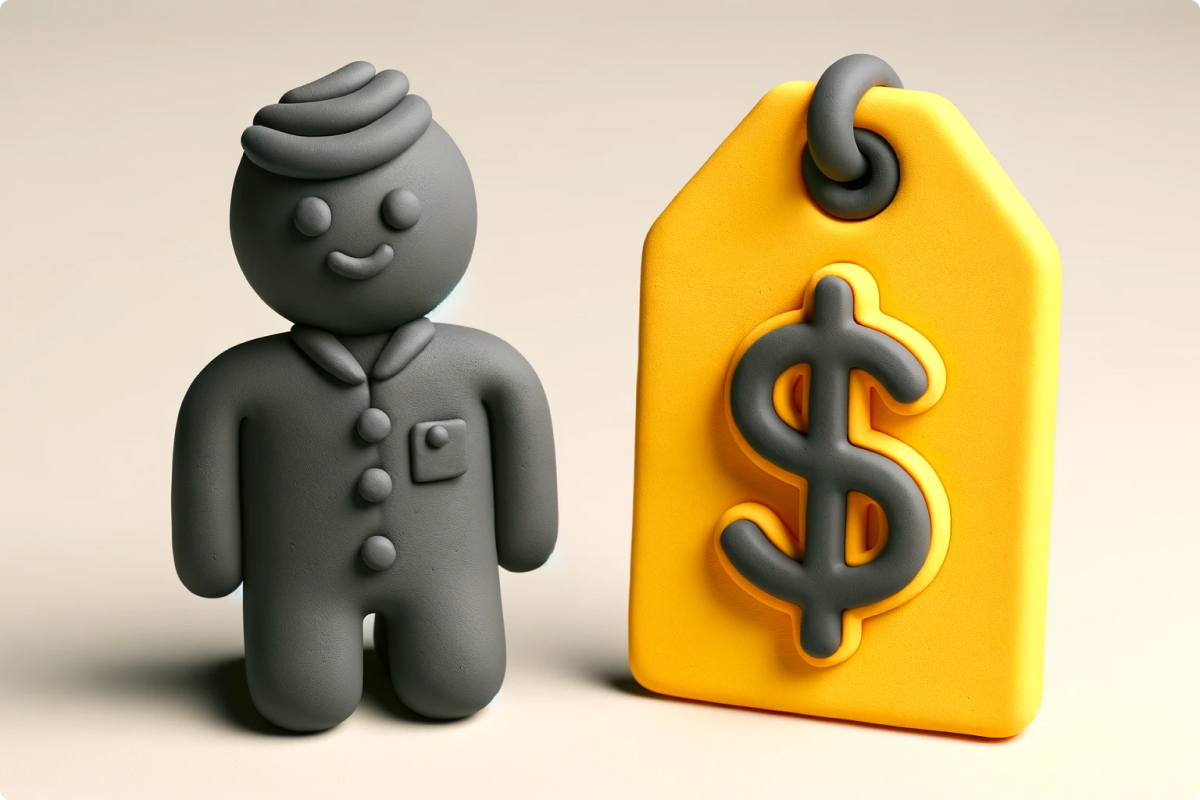
What is customer acquisition cost and how do you improve it?
Customer acquisition cost (CAC) is a crucial metric for businesses of every size and industry. It tells a simple yet profound story: the total spend required to acquire a new customer. This includes all the marketing and sales expenses over a specific period, divided by the number of customers acquired in that same period. Understanding the customer acquisition cost formula is the first step. For SaaS businesses, understanding customer acquisition cost SaaS is particularly important due to their subscription-based model.
The calculation seems straightforward, but the implications of this number go far beyond its surface value. Understanding CAC is essential for evaluating the effectiveness of marketing strategies, allocating budgets effectively and ensuring the long-term sustainability of a business.
Why this metric affects your complete marketing strategy
The importance of customer acquisition cost transcends basic accounting; it touches every facet of a marketing strategy. This metric acts as a litmus test for the health of your marketing initiatives, providing clear insights into which tactics are working and which are not. When you have a grasp on your CAC, you're equipped with the knowledge to make informed decisions about where to invest your marketing budget for the highest return. For customer acquisition cost SaaS, understanding the nuances of recurring revenue is key.
A high CAC may indicate that your marketing efforts are less efficient, perhaps due to targeting the wrong audience, using ineffective channels, or crafting messages that do not resonate. Conversely, a low CAC suggests your marketing strategy is on the right track, effectively converting interest into actual customers. Additionally, understanding CAC in relation to customer lifetime value (CLV) can help you determine the long-term viability of your customer acquisition strategies. If the cost of acquiring a customer significantly outweighs the revenue they bring, it's time to reassess your approach. You can use a customer acquisition cost calculator to analyze this relationship.
What is a good customer acquisition cost?
Defining a "good" customer acquisition cost demands a nuanced approach, it's not a one-size-fits-all figure but rather a metric that aligns with your specific business model, profit margins, and growth objectives. For a startup in the technology sector, investing heavily in customer acquisition might be strategic, counting on the high lifetime value of each customer to offset initial costs. In contrast, a small e-commerce business with tight margins might aim for a lower CAC to ensure profitability in the short term. For customer acquisition cost saas, the long-term value often justifies a higher initial CAC.
Industry benchmarks can provide a rough guide, but it's crucial to consider your company’s unique factors, such as the expected customer lifetime value (CLV), A good CAC, then, is one that enables a healthy ratio between what you spend to acquire customers and the value those customers bring to your business over time.
The factors that influence your CAC
Understanding what drives your customer acquisition cost is key to optimizing it. Several factors can influence your CAC, each intertwining with the others to create a complex web that requires careful navigation.
These are some of the most influential factors:
Channel selection: The platforms you use to reach potential customers can have a profound effect on your CAC. Some channels, like organic search and email marketing, might result in lower acquisition costs than paid advertising or sponsorships. Read our blog on B2B marketing channels and learn how to pick the right ones.
Target audience: Broad, unfocused marketing tactics tend to dilute effectiveness and increase costs. The more precisely you can identify and target your ideal customer profile, the more efficient your marketing efforts will be, eventually lowering your CAC.
Ad quality and content relevance: High-quality, engaging ads and content that align with your audience's interests and needs can significantly increase conversion rates, which, in turn, lower your CAC.
Market saturation and competition: Operating in a highly competitive market, or one that is saturated with similar products or services, can drive up your CAC as you have to spend more to stand out from the crowd.
Product pricing and offer: Your pricing strategy and the offers you make (such as free trials or discounts) can influence not only your profit margins but also your customer acquisition costs. Attractively priced offers might draw more customers at a lower CAC.
How to calculate your customer acquisition cost
Calculating your customer acquisition cost is a critical step towards understanding the efficiency of your marketing and sales efforts. To do this accurately, you need to aggregate all the costs associated with acquiring new customers over a specific period. This includes marketing and advertising expenses, salaries of your sales and marketing teams, costs of any marketing tools or software, and any other expense directly tied to customer acquisition. You can use a customer acquisition cost calculator to simplify this process.
The formula to calculate customer acquisition cost
Once you've compiled all relevant costs, divide this total by the number of new customers acquired in the same period. For example, if you spent €10.000 on marketing in a month and acquired 100 new customers, your CAC for that month would be €100. The customer acquisition cost formula is straightforward.
Customer acquisition cost = Total marketing and sales expenses / Number of new customers acquired
Customer acquisition cost = €10,000 / 100
Customer acquisition cost = €100
Understanding the customer acquisition cost formula is crucial for accurate analysis.
Tips for reducing customer acquisition costs
Reducing your customer acquisition cost while still maintaining or even improving the quality of customer acquisition is central to a successful marketing strategy.
Here are some practical strategies to lower your CAC:
Improve the quality of your campaigns: Focus on creating targeted, high-quality content that resonates with your audience. Investing in understanding your customers' needs and pain points can lead to more effective messaging and higher conversion rates.
Use organic channels: Enhance your SEO efforts and social media presence. Organic channels can be a cost-effective way to attract customers if you're able to produce high quality content. For customer acquisition cost saas, organic growth can significantly reduce long-term CAC.
Optimize your conversion funnel: Review your funnel for any bottlenecks where potential customers might be dropping off. Using tactics such as retargeting or lead nurturing campaigns can have a huge impact on conversion rates, which ultimately impacts your CAC.
Use data and analytics: Regularly analyze your marketing efforts to understand which channels and tactics are most effective. Shift your budget away from underperforming strategies towards those that get you the best return on investment.
Test and learn: Continuously test different aspects of your marketing strategy, from your ad copy to your landing pages. This iterative process can help you refine your approach and reduce acquisition costs over time.
Conclusion
The goal of managing customer acquisition cost (CAC) isn't just about trimming expenses. It's about smart investment in strategies that drive growth while ensuring a healthy return on investment. By understanding the components that impact CAC, calculating it accurately, and applying targeted strategies to reduce it, businesses can build a solid foundation for growth and profitability. Understanding customer acquisition cost SaaS helps tailor these strategies.
In conclusion, a strategic focus on optimizing your customer acquisition cost can lead to more efficient use of resources, better alignment with customer needs, and ultimately, improved business outcomes. By being mindful of the factors influencing CAC and employing smart, data-backed strategies to manage it, businesses can look forward to achieving their growth targets more cost-effectively.


